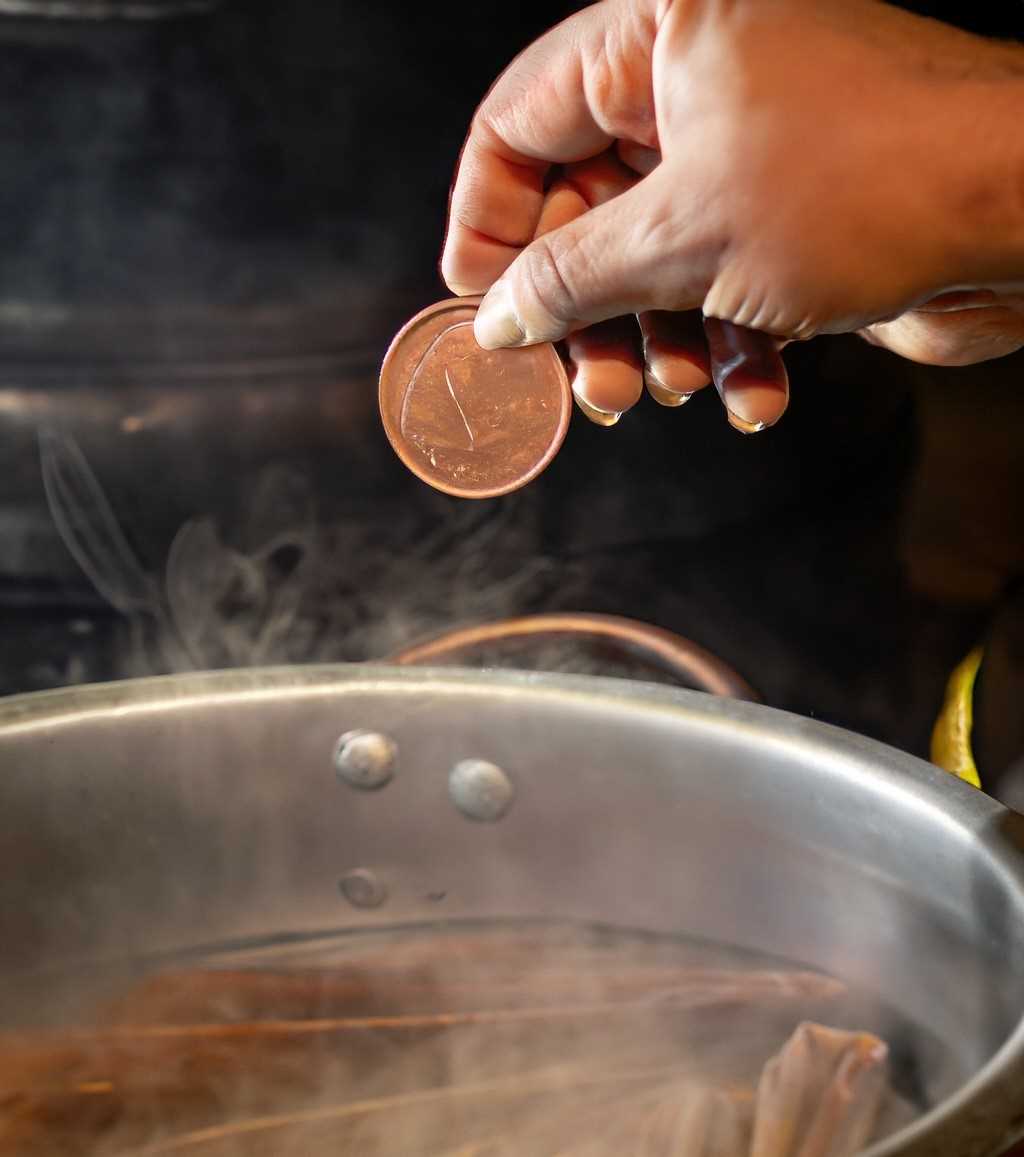How a Copper Coin Guides Tamales to Deliciousness
Discover the lost art of tamale-making with traditional cooking techniques. From the dance of the coin to the perfect masa, preserve cultural heritage and savor authentic flavors. Embrace tradition and create culinary connections.





